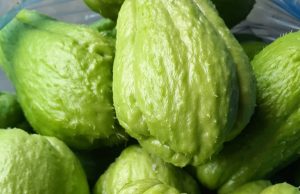
You’ve planned a delicious steak dinner, but upon opening the fridge, you met an unexpected sight: your steak has turned gray. Now, we’ll explore the reason why steak can change color, what it means for its safety, and how you can make an informed decision about whether to cook it or toss it.
Factors That Cause Steak to Turn Gray
Several factors can cause steak to turn gray. One common reason is oxidation, which occurs when the meat is exposed to air. Additionally, the way meat is stored can affect its color; if it’s tightly wrapped or stored in a vacuum-sealed package, it might not have enough oxygen exposure to maintain its red color. Temperature fluctuations in the fridge can also contribute to color changes.
The Safety of Gray Steak
While gray steak might not look as appetizing, color alone isn’t a definitive indicator of spoilage. To assess its safety, consider the smell, texture, and expiration date. A sour or off-putting odor, slimy texture, or any signs of mold are clear indicators that the steak is no longer safe to eat. If the steak smells and feels normal, it might still be safe to cook and consume.
Expert Opinions on Consuming Gray Steak
Food safety experts often emphasize that while color changes can be unsettling, they are not the sole determinant of meat safety. Experts recommend using a combination of sensory evaluation (smell, touch) and knowledge of storage practices to make a decision.
Steps to Take If Your Steak Has Turned Gray
- If you find your steak has turned gray, first inspect it for any signs of spoilage such as odor or texture changes.
- Check the expiration date and consider how it was stored.
- If everything else seems normal, cooking the steak thoroughly can kill any potential bacteria.
- However, if you’re uncertain or uncomfortable, it’s best to discard it to avoid any risk of foodborne illness.
Preventive Measures for Keeping Steak Fresh
- Ensure your fridge is set to the correct temperature, and try to use or freeze the steak before its expiration date.
- If you plan to keep it for longer, freezing it can help maintain its quality and color.




















